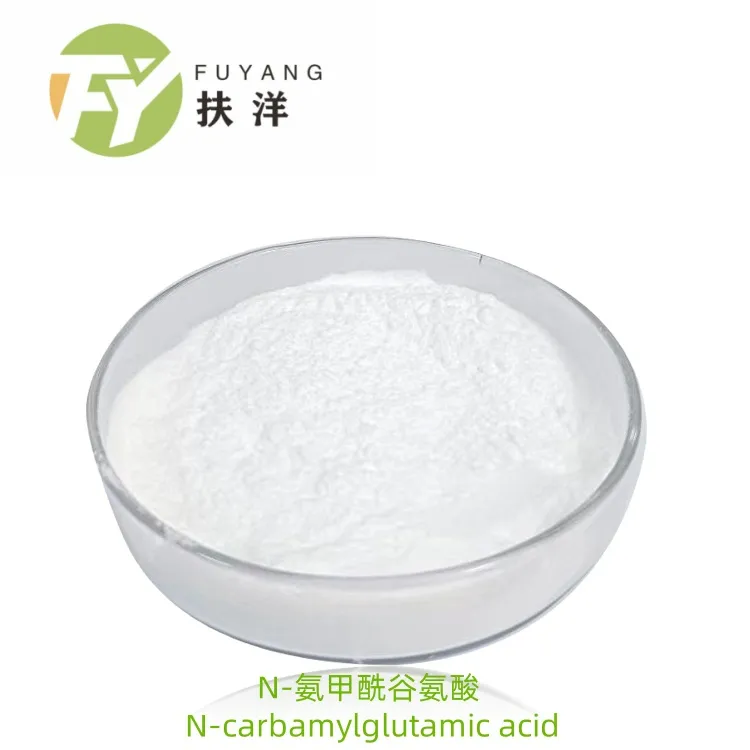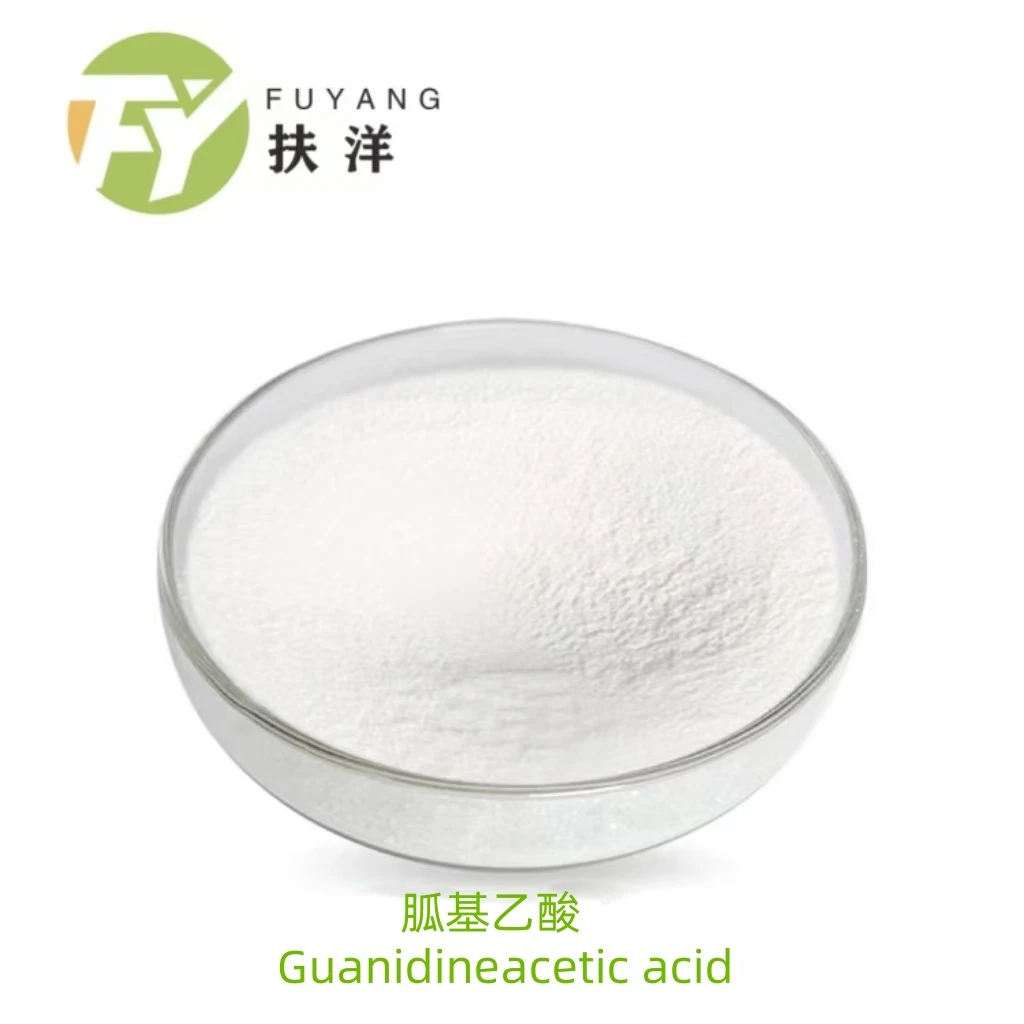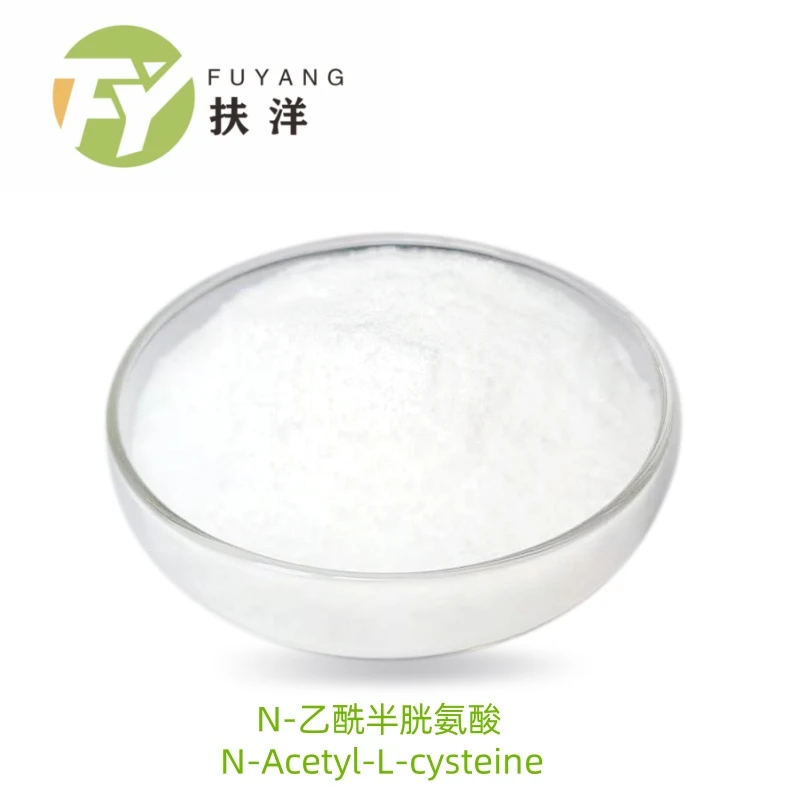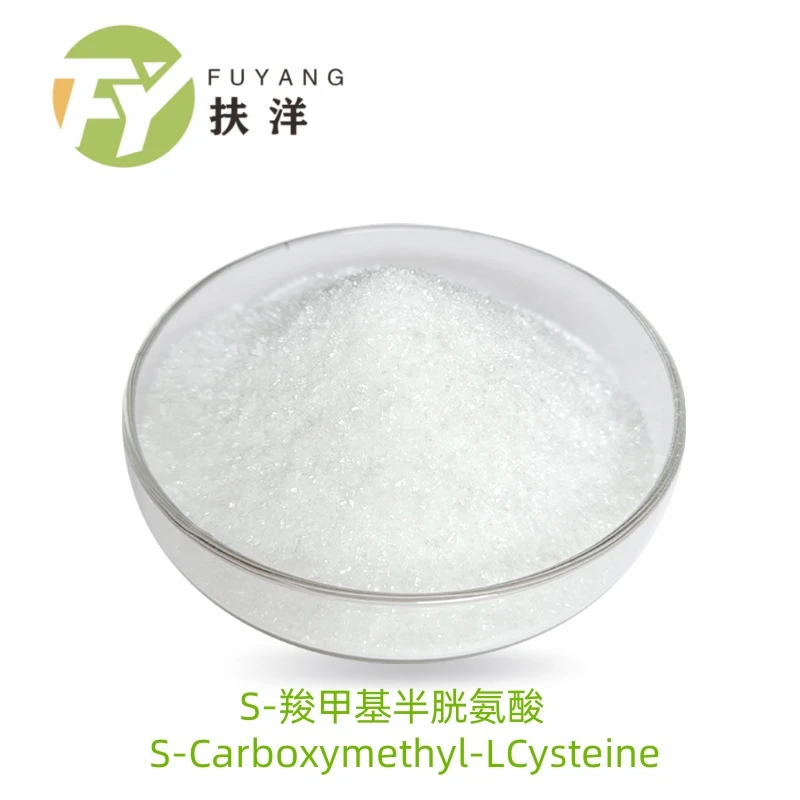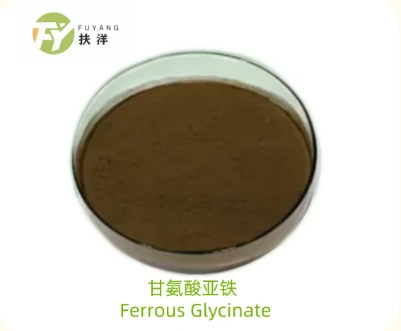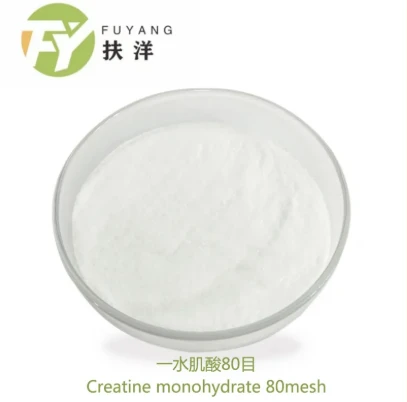- Afrikaans
- Albanian
- Amharic
- Arabic
- Armenian
- Azerbaijani
- Basque
- Belarusian
- Bengali
- Bosnian
- Bulgarian
- Catalan
- Cebuano
- Corsican
- Croatian
- Czech
- Danish
- Dutch
- English
- Esperanto
- Estonian
- Finnish
- French
- Frisian
- Galician
- Georgian
- German
- Greek
- Gujarati
- Haitian Creole
- hausa
- hawaiian
- Hebrew
- Hindi
- Miao
- Hungarian
- Icelandic
- igbo
- Indonesian
- irish
- Italian
- Japanese
- Javanese
- Kannada
- kazakh
- Khmer
- Rwandese
- Korean
- Kurdish
- Kyrgyz
- Lao
- Latin
- Latvian
- Lithuanian
- Luxembourgish
- Macedonian
- Malgashi
- Malay
- Malayalam
- Maltese
- Maori
- Marathi
- Mongolian
- Myanmar
- Nepali
- Norwegian
- Norwegian
- Occitan
- Pashto
- Persian
- Polish
- Portuguese
- Punjabi
- Romanian
- Russian
- Samoan
- Scottish Gaelic
- Serbian
- Sesotho
- Shona
- Sindhi
- Sinhala
- Slovak
- Slovenian
- Somali
- Spanish
- Sundanese
- Swahili
- Swedish
- Tagalog
- Tajik
- Tamil
- Tatar
- Telugu
- Thai
- Turkish
- Turkmen
- Ukrainian
- Urdu
- Uighur
- Uzbek
- Vietnamese
- Welsh
- Bantu
- Yiddish
- Yoruba
| Product name: | N-carbamylglutamic acid | Molecular Weight: | 190.15 |
| CAS No.: | 1188-38-1 | EINECS NO.: | 601-569-3 |
| Molecular Formula: | C6H10N2O5 |
CAS No.:1188-38-1
Molecular Formula: C6H10N2O5
Molecular Weight: 190.15
EINECS NO.: 601-569-3
- Animal Nutrition and Feed Additives (1) Promoting Endogenous Arginine Synthesis Mechanism of Action: NCG acts as a key intermediate (alternative substrate) in the arginine synthesis pathway. By activating carbamoyl phosphate synthetase I (CPS I), it enhances the urea cycle and arginine synthesis, significantly boosting endogenous arginine levels—especially in young animals (e.g., piglets, calves, lambs) with underdeveloped arginine synthesis capacity. Effects: Improved Growth Performance: Increased daily weight gain (~5%–15%) and reduced feed-to-gain ratio (~3%–8%).
Reduced Diarrhea: Strengthens intestinal mucosal barrier function and immunity, lowering diarrhea rates in weaned piglets. Enhanced Reproductive Performance: Improves sow milk yield and quality, increasing survival rates of suckling piglets.
- Replacement of Direct Arginine Supplementation Advantages: Arginine is costly and prone to degradation by gut microbes, whereas NCG is chemically stable and efficiently converted to arginine, reducing feed costs. Ideal for young animals (e.g., newborn piglets) and animals under stress (e.g., heat stress, disease recovery).
Human Medical Applications (1) Treatment of Urea Cycle Disorders Indications: NCG, as a structural analog of N-acetylglutamic acid (NAG), activates CPS I to aid ammonia metabolism. It is used to treat urea cycle disorders such as N-acetylglutamate synthase (NAGS) deficiency. Administration: Oral or intravenous, to reduce blood ammonia levels. (2) Nutritional and Metabolic Support Applications: Improves protein metabolism in trauma, postoperative, or critically ill patients. Supports treatment of ammonia metabolism disorders caused by liver dysfunction.
3. Pet Food Functions: Enhances intestinal health in dogs and cats, alleviating protein metabolism issues due to weak digestion. Boosts immunity and growth rates in young pets (e.g., puppies, kittens). 4. Agriculture and Research Research Uses: Investigates the role of arginine metabolism in regulating animal growth, reproduction, and immunity. Serves as a tool compound to model or intervene in urea cycle-related diseases (e.g., in mice, zebrafish).
Recommended Dosage (Animal Feed Examples) Animal Category Recommended Dosage (% in feed) Primary Objectives
| Category | Recommended Dosage ( in feed) |
Primary Objectives | |
| Weaned Piglets | 0.03%~0.10% | Reduce diarrhea, promote growth | |
| Category | Recommended Dosage ( in feed) |
Primary Objectives | |
| Sows | 0.05%~0.08% | Increase milk yield, improve piglet survival | |
| Calves/Lambs | 0.02%~0.06% | Alleviate weaning stress, enhance weight gain | |
| Aquatic Species | 0.01%~0.05% | Improve disease resistance and feed efficiency |
Precautions Safety: Strictly follow recommended doses for animals; excessive doses may lead to ammonia metabolic burden. Human use requires medical supervision.
Compatibility: Synergizes with vitamins (e.g., B6) and minerals (e.g., zinc) to enhance metabolic effects.
Storage: Store in a cool, dry place (<25°C), protected from light and moisture.
Shelf life: 24 months.
Packing :25kg/drum

